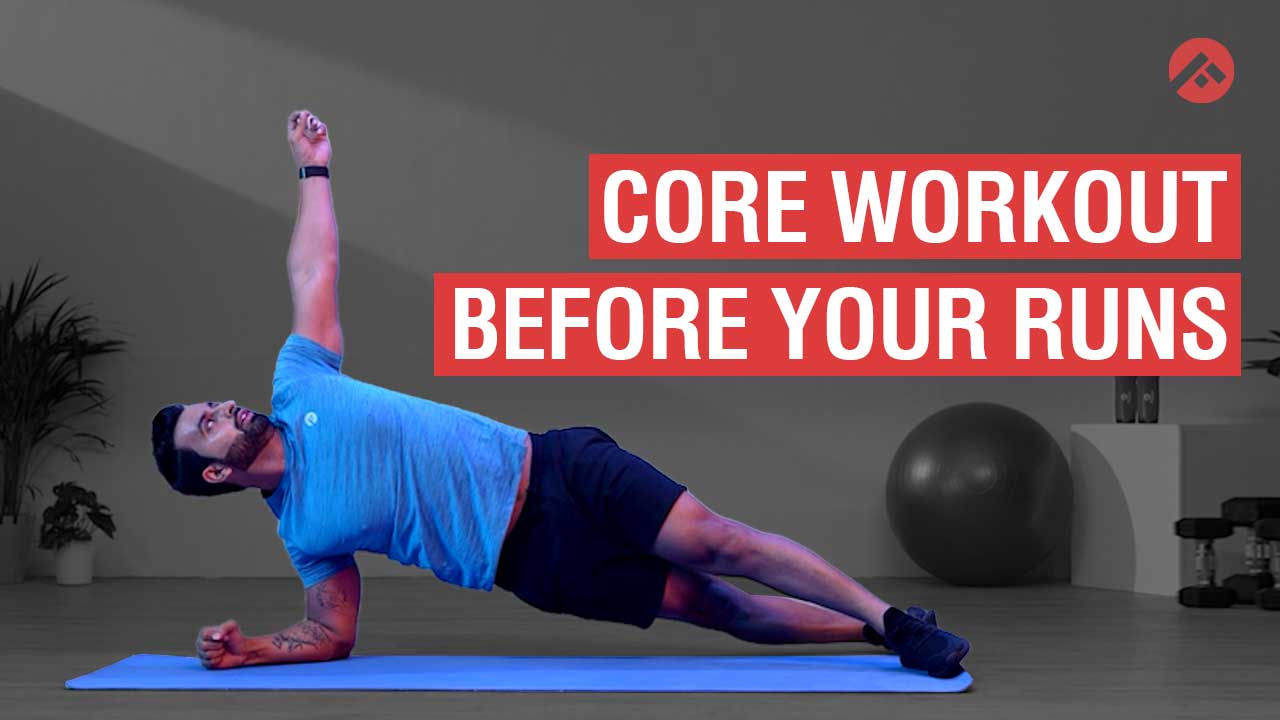
Cardio or Strength Training: What Is Better for Weight Loss?

For most people, the goal of exercising is to lose fat and not muscle. The term “weight loss” is often used in a generic way to address fat loss, though the latter would be a more accurate appellation. The question that often confuses exercisers, however, is whether they should choose cardio or strength training exercises for weight loss at home.
Cardiovascular training or cardio is any exercise, whose primary focus is sustained elevation of one’s heart rate. Some of the best cardio exercises for weight loss are running, cycling, and swimming. This is not to say that other activities don’t elicit an elevated heart rate, but these three are the most popular ones.
Strength training, on the other hand, focuses primarily on increasing muscle strength and/or power. It should be noted that strength training workouts for weight loss likely have a cardiovascular component to them as well.
Which burns more calories?
When it comes to comparing the cardio and strength training plans for weight loss, the former burns more calories during the workout. For example, in a Harvard study, participants burnt an average of 112 calories during a 30-minute strength training session, while those who did cardio workouts for weight loss, burnt 298 calories.
Generally speaking, the more intense the workout, the higher the degree of Excess Post-Exercise Oxygen Consumption (EPOC). For example, a High-Intensity Interval Workout (HIIT) may induce up to 15% higher EPOC than a lower intensity cardiovascular workout.
Now let’s also understand what EPOC is: When an individual stops their exercise session, their body doesn’t just revert to their normal caloric burn rate. This is due to a physiological response called EPOC. It refers to the fact that the body utilizes more oxygen post-exercise than before, resulting in the “excess”
The body as a whole always tries to maintain homeostasis, including after a workout. However, for the body to get back to homeostasis, or more specifically, the pre-workout level, it requires energy. This is why you burn more calories and use more oxygen post-exercise than at rest.
Strength training induces a higher caloric burn in the hours following a workout than a non-HIIT cardiovascular workout. This is because there is a greater disturbance to the body’s homeostasis from resistance training for weight loss exercises viz-a-viz any cardiovascular activity.
The number of calories burnt during both a cardio and strength training routine for weight loss is influenced by the intensity of the exercise bout, as well as the weight of the individual.
Also watch: How Many Days Should You Workout Per Week?
What about burning fat?
In cardio exercise particularly, an individual may burn the most fat at around 60-75% of their maximum heart rate (MHR). This is considered as a conversational-intensity exercise.
A good way to gauge if you’re training at a conversation intensity is by trying the talk test. Here, you should be able to hold a full-length conversation while exercising without gasping for breath. At this conversational intensity, the rate of fat oxidation is the highest. And as you move from a moderate to a higher intensity exercise, the rate of fat oxidation declines.
Effect on metabolism
While both cardiovascular training and strength training for fat loss increase one’s metabolic rate during exercise, strength training has a greater effect on increasing one’s metabolism in the long run. This is because strength training increases muscle mass which in turn, boosts your basal metabolic rate or resting metabolism (BMR). Since muscles burn more calories even at rest than fats do, incorporating strength training will help build muscle and increase metabolism.
So, what is the verdict?
Both strength training and cardio are important for fat loss as well as for overall health. So both should be integrated into a well-balanced exercise program.
For cardiovascular fitness, a well-balanced program comprising different cardio workouts for fat loss should include varying intensity levels. The focus should be on an intensity of 60-75% of one’s MHR.
For strength training, the load on the muscles should be high enough to elicit an increase in lean muscle mass (i.e. not muscle bulk). This typically means that for an exercise prescription of 2-3 sets of 12-15 repetitions, the last few reps in each set should feel challenging. On a rate of perceived exertion scale of 1-10 (10 being very hard), the last few reps on each set should be around 7-8.
However, it also depends on your goals and which you enjoy doing more. It would be ill-advised for you to focus on a workout medium exclusively if you do not like it. This in all likelihood would cause you to either stop exercising or hit a plateau.
However, if an individual has a specific goal (not just general fitness or fat loss) that requires a focus on a particular training medium (ex: training for a marathon = a focus on cardio), then it’s advisable to focus on that training medium.
References
1. Calories burned in 30 minutes for people of three different weights. Harvard Health. https://www.health.harvard.edu/newsweek/Calories-burned-in-30-minutes-of-leisure-and-routine-activities.htm (accessed Mar 1, 2021).
2. Achten J, Gleeson M, Jeukendrup AE. Determination of the exercise intensity that elicits maximal fat oxidation. Med Sci Sports Exerc 2002; 34: 92–7.
3. Target Heart Rate and Estimated Maximum Heart Rate. Centers for Disease Control and Prevention. https://www.cdc.gov/physicalactivity/basics/measuring/heartrate.htm#1 (accessed Mar 1, 2021).














